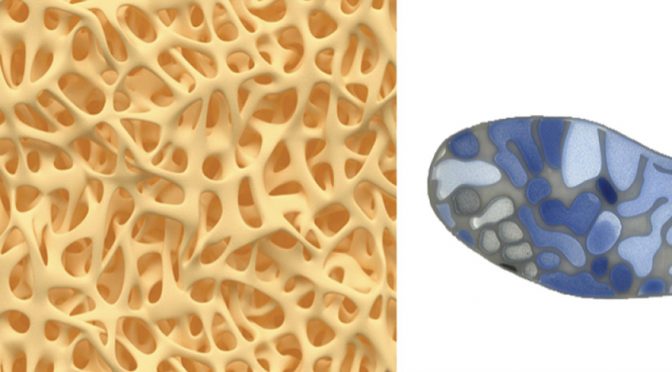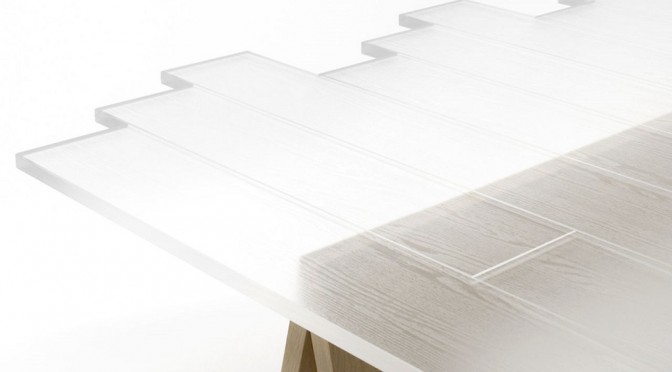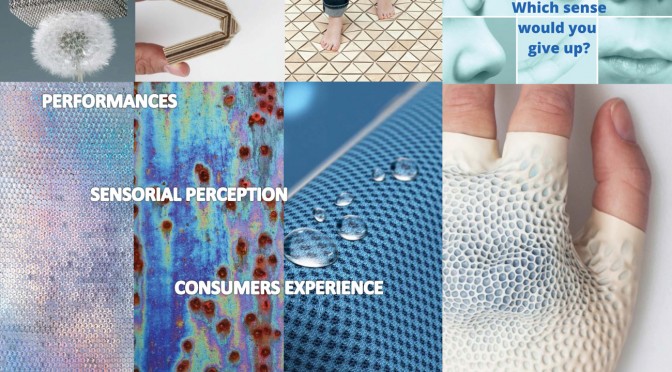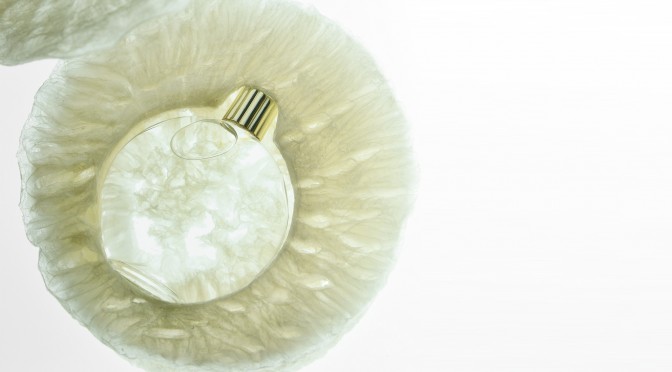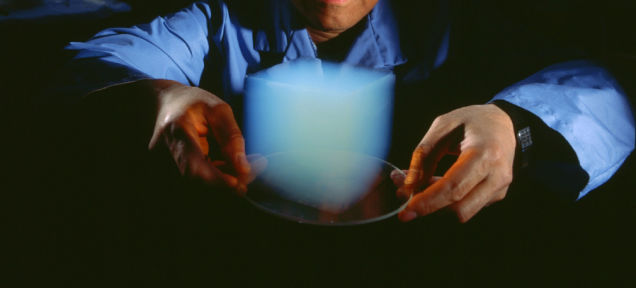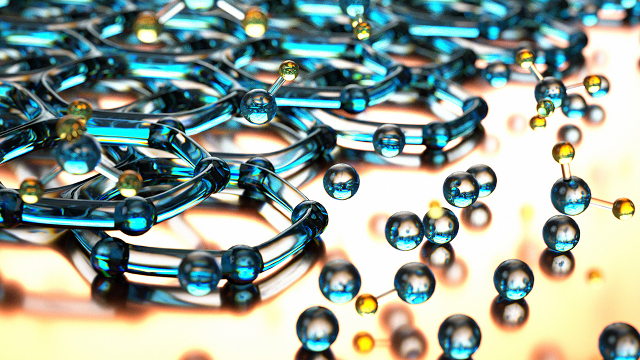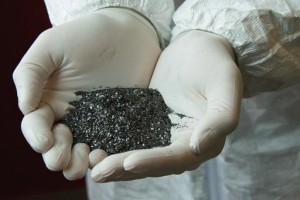Bio-Smart Materials for Product Design Innovation
In the framework of design-driven material innovation approach and cross-disciplinary research practices, the aim of the MADEC’s contribution is to make clear how Bio-Smart Materials are creating new opportunities to realize answers to the complex needs of contemporary society. Emerging Bio-smart Materials create new opportunities to answers the complex needs of contemporary. Continue reading MADEC participates in IHSI 2019 CONFERENCE AS FOUNDATION MEMBER OF DESign4materials network
